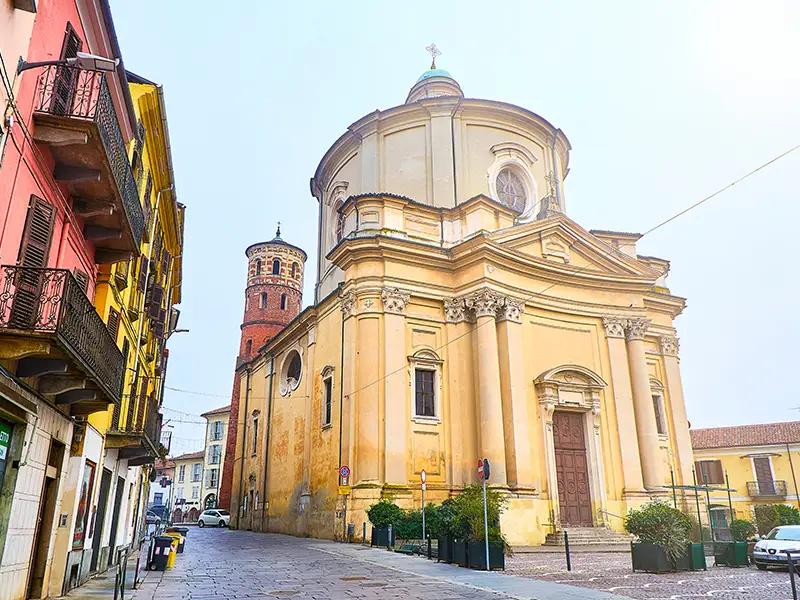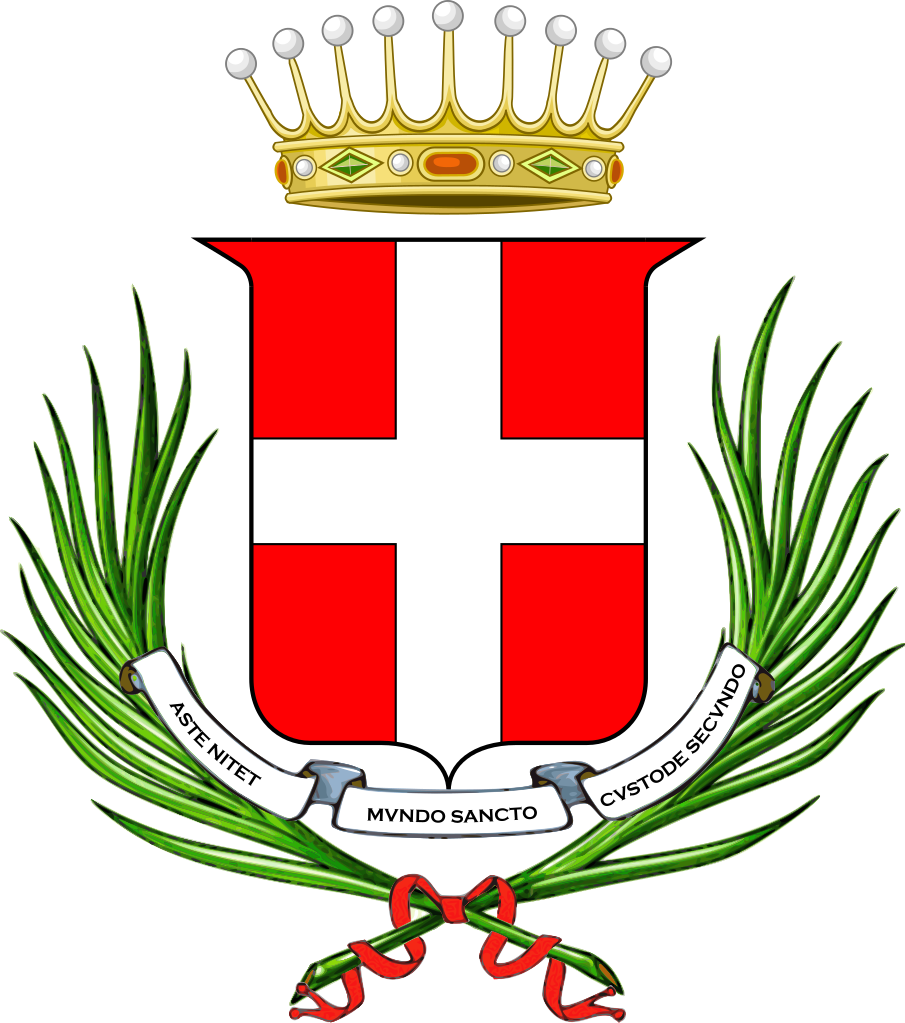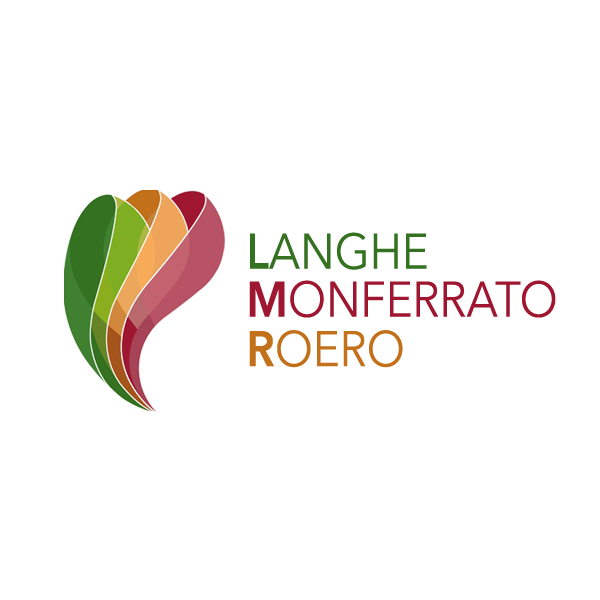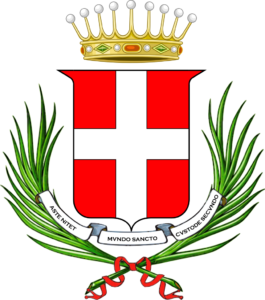Church of Saint Catherine
Churches
Corso Vittorio Alfieri, 424
Free entrance
SCOPRI DI PIÙ
LUOGHI DI INTERESSE NELLE VICINANZE
Torre Rossa , Torre Comentina , Collegiata di San Secondo, Palazzo Catena, Chiesa della Conversione di San Paolo

Until 1732, the small Chiesa di San Secondo della Torre Rossa (Church of Saint Secundus of the Red Tower) stood here, built shortly before 1070
It is the only church in Asti to have been included in the prestigious catalog of the 1963 Piedmontese Baroque exhibition
The church is attached to the Torre Rossa (Red Tower)
Church of Saint Secundus of the Red Tower
The Chiesa di San Secondo della Torre Rossa ((Church of Saint Secundus o the Red Tower) was built shortly before 1070. The Benedictine monks to whom it was donated transformed the annexed Red Tower into a bell tower for the church, adding two floors. In 1732, the ancient Romanesque church was demolished, and the building was rebuilt only after 34 years. The Chiesa di Santa Caterina (Church of Saint Catherine) was opened for worship in 1773 and solemnly consecrated in 1818.
Plan and Architectural Style
Built in Baroque style, the church has a plant characterized by an oval center surrounded by four chapels. The neoclassical facade in cotto and lime plaster is decorated with Corinthian columns and pilasters that support the tympanum and a high upper cornice.
The Majestic Dome
With its 22 meters of height and 20 meters of width, the elliptical dome gives the visitor a magnificent glance. The total height from the floor to the dome exceeds 35 meters. On the walls of the dome are depicted St. Peter, St. Paul, St. Francis of Assisi and St. Joseph, illuminated by four large arched windows.
Artistic Details
In the background of the main altar, you can see a recently restored ancon by the Turin painter Ignazio Nepote, on which three white stucco statues representing the theological virtues - Faith, Hope and Charity - sit. Fourteen panels of the Via Crucis are posted along the walls, attributed to the chisel and brush of Msgr. Faà di Bruno, Bishop of Asti, who died in 1829 and is now buried in this church.








